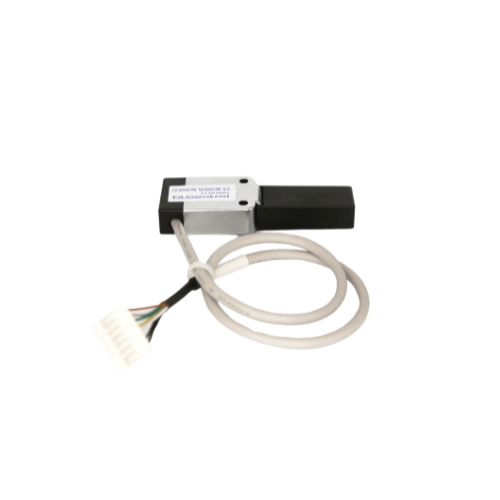This sensor is a dynamical sensor. The main element of this sensor is a piezoelectric element mounted on a flexible beam. The output voltage of the sensor is linked to the force on the ceramic. The frequency of this voltage is due to the frequency of the backward and forward motion of the thread. Some filters are used to cut-off the unused frequencies. This sensor is design for regulated the tension of the thread on a winding machine.
product
| Case type | Plastic |
|---|---|
| Control System | N/A |
| Detection configuration | N/A |
| Detection head | 1 |
| Detection type | Piezo-electric |
| Fork size | N/A |
| Output type | Analog 0-5V |
| Product type | Yarn tension sensor |
| Reload type | N/A |
| Yarn count | N/A |
| Yarn motion | To-and-fro yarn motion |
| Yarn type | Man-made yarn Natural yarn |
| Mounting type | Screw |








